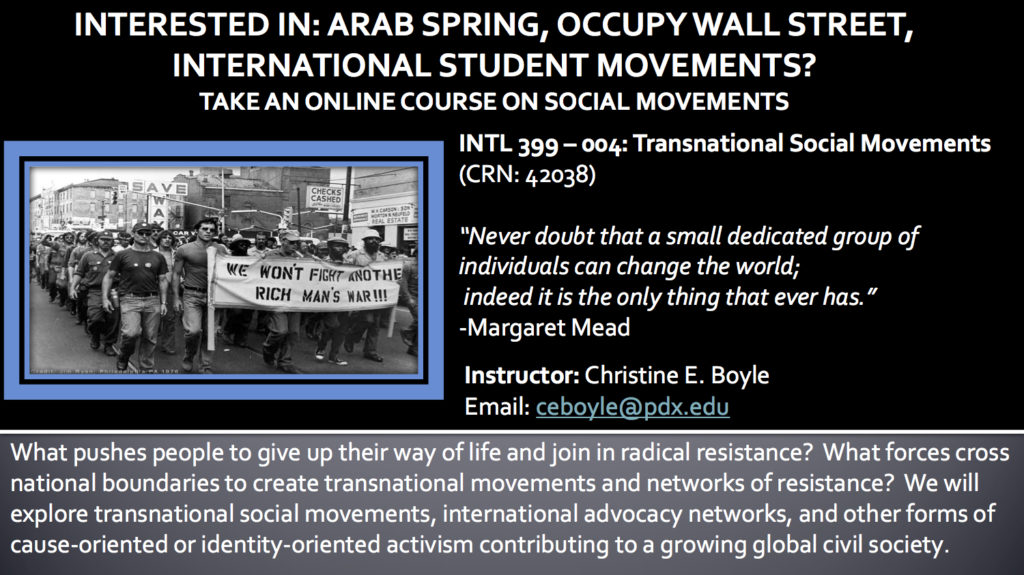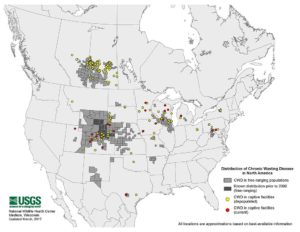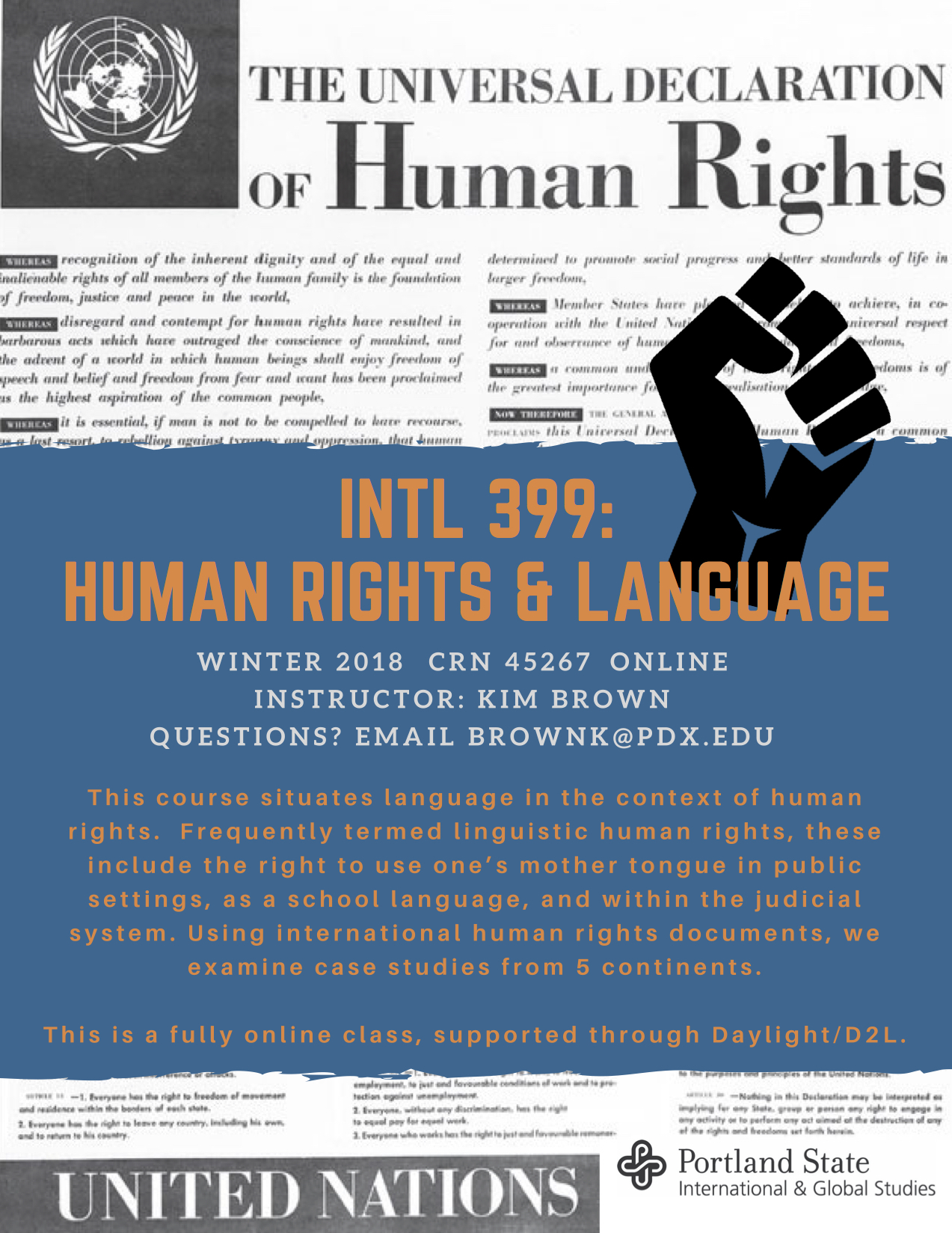Influenza Humans Commons

The 2009 pandemic of H1N1 influenza led people around the globe to create narratives about the epidemic defined by the question of trust; these narratives ranged from true conspiracy theories to simply accounts in which mistrust and betrayal formed a motif. In particular, most of these narratives reflected a fear of capitalism and globalization, although in specific regions, other issues—such as religion—played a more central role. These stories were not unique to the H1N1 pandemic but rather have appeared with every contemporary outbreak of infectious disease. This paper will examine conspiracy theories and moral panics related to the H1N1 pandemic in different world regions to explore how the disease became associated with economic and social systems in these accounts.








